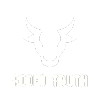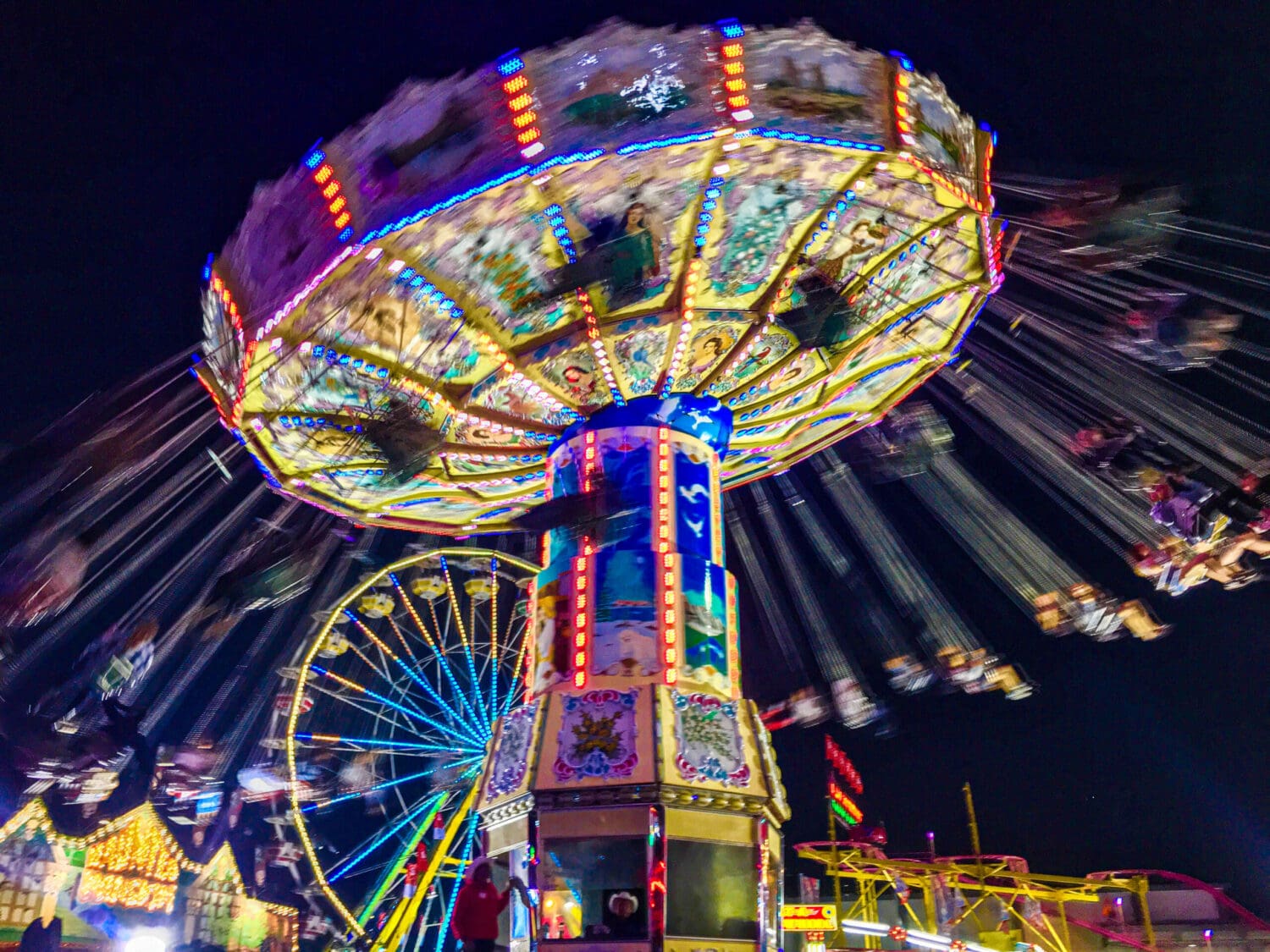Photo: Jo-Anne McArthur \ We Animals
Animals die in rodeo
We know that animals used in rodeo events can suffer from acute and long-term injuries, which can result in the animals being euthanized.
For example, at the 2024 Calgary Stampede, four animals were euthanized during the 10-day event, making it the deadliest Stampede since 2019 when six horses lost their lives during the chuckwagon racing event.
Deaths are covered, but suffering is more widespread
While fatal injuries at high profile rodeos like the Stampede are commonly reported on by the media, the stress, fear, pain, and discomfort experienced by animals in rodeo events is often overlooked.
The fact that animals experience stress, fear, pain, and discomfort for the sake of human entertainment brings up ethical concerns about animal events at rodeos.
For example, a study out of Australia found that calves experience stress during all stages of the roping event – from being chased to being released after being roped.
Animals tell us how they feel – if you know what to look for
The animals themselves give us a clear picture of their rodeo experience, if you know what to look for. Body language provides strong evidence of the stress, fear, pain, and discomfort animals experience at rodeo events. Below are common signs of stress seen in animals’ body language and behaviours observed at rodeos across Canada.
How stressed animals appear in rodeo: Body language signs of stress

Defecation
Sudden and out of context defecation is often seen in bull riding. This is triggered by a fight or flight response, where an animal releases waste in response to heightened stress and/or fear.

Whale eye
When an animal is scared or stressed, this can cause a wide-eyed expression, making the whites of their eyes more visible than normal.

Tense and rigid body
Animals experiencing fear or discomfort will tense up their bodies and faces. Tense postures can be an indication of stress.

Heavy/fast breathing
Flared nostrils are often an indication of increased breathing rate, which is a physiological response to stress.

Excessive drool
Fear and stress cause an unusual amount of salivation. When you see saliva spurting from a bucking bull’s mouth, stress is likely the culprit.

Open, tense mouth
Animals can be seen with bared teeth or a strained expression, signalling discomfort and/or fear.
How stressed animals behave in rodeo: Behaviour signs of stress
An animal’s natural fear response is sometimes referred to as “fight, flight, freeze, or fawn”. You can spot these responses throughout rodeo events.
Escape (flight) behaviours
Kicking, bucking, or bolting, which may appear like “excitement” but in the context of rodeo events, characterised by fast-paced and harsh handling practices, are clear signs of fear and/or discomfort This is commonly seen in roping, bucking, and wrestling rodeo events.
Fight behaviours
When an animal feels trapped and fearful, you may see them forcefully bucking, kicking, lunging at handlers, or chasing people in the rodeo arena.
Freeze behaviours
Some animals, particularly horses and other prey animals, may freeze when they are stressed or fearful. This is often seen when animals used in rodeo events refuse to leave the bucking or roping chute.
When this happens, handlers often further agitate the animals by kicking them or smacking them on the body and face.
Vocalizations
Unusual vocal expressions (similar to when a human cries out) can indicate distress, pain, or fear. Close-up photos and videos from rodeo events often show animals vocalizing.
Repeated head tossing
Forceful head tossing is often a reaction to confinement, restraints, or pain from equipment.
Why does this matter?
Each of these visible stress signals is part of a larger picture of how animals used in rodeos experience high levels of stress, fear, pain, and discomfort.
Rodeo events are celebrated by some for their entertainment value, but what is so often overlooked is the welfare of the animals being used in rodeo events. Animals are pushed to perform in unnatural, stressful environments, at the expense of their physical, mental, and emotional well-being.
What would an end to rodeo mean?
A 2022 poll by Research Co. reveals that rodeo attendance would not be affected if animal events were removed from the program.
Recognizing and validating these signs of stress, fear, pain, and discomfort is an important first step toward understanding how these events affect animal health and welfare, and how we can advocate for more compassionate events that can bring communities together without putting animals in harm’s way.
Take action
Express your opposition to the inhumane rodeo and chuckwagon events at the Calgary Stampede by signing the pledge. The total number of signatures will be included in communications with Stampede organizers and decision-makers.
Email Calgary City Council
Urge Calgary city council to support the removal of the inhumane rodeo and dangerous chuckwagon races from the Stampede program.
Below are some key points you may wish to consider in your message. Please use your own words and remain respectful in your message.
Why you’re writing: Share your opposition to inhumane and deadly rodeo and chuckwagon events at the Calgary Stampede.
What concerns you the most: Consider what happened at this year’s Stampede (four animal deaths); the event’s track record of near-annual deaths; the stress and suffering the animals experience during the events.
Your request: That city council work with Stampede organizers to remove rodeo events and chuckwagon races and instead prioritize events that don’t cause animal harm.


